Overcrowding in Bali

Bali, once a peaceful paradise, is now almost unrecognizable due to tourist overcrowding. In 2024, the island set a new record with more than 15 million visitors, up from just 6 million in 2019. The narrow streets of Ubud and Seminyak are often jammed with endless streams of scooters, cars, and buses. Beaches that were once tranquil now see crowds so thick that finding a quiet spot is nearly impossible. Locals report that traffic jams can turn a short drive into a two-hour ordeal. Public spaces, from temples to rice terraces, overflow with selfie sticks and tour groups. The local government responded by introducing daily visitor quotas and entrance fees at popular sites, but the measures have not significantly reduced the pressure. The sheer volume of tourists is stretching Bali’s infrastructure to its limits, affecting both quality of life for residents and the experience for visitors.
Environmental Degradation
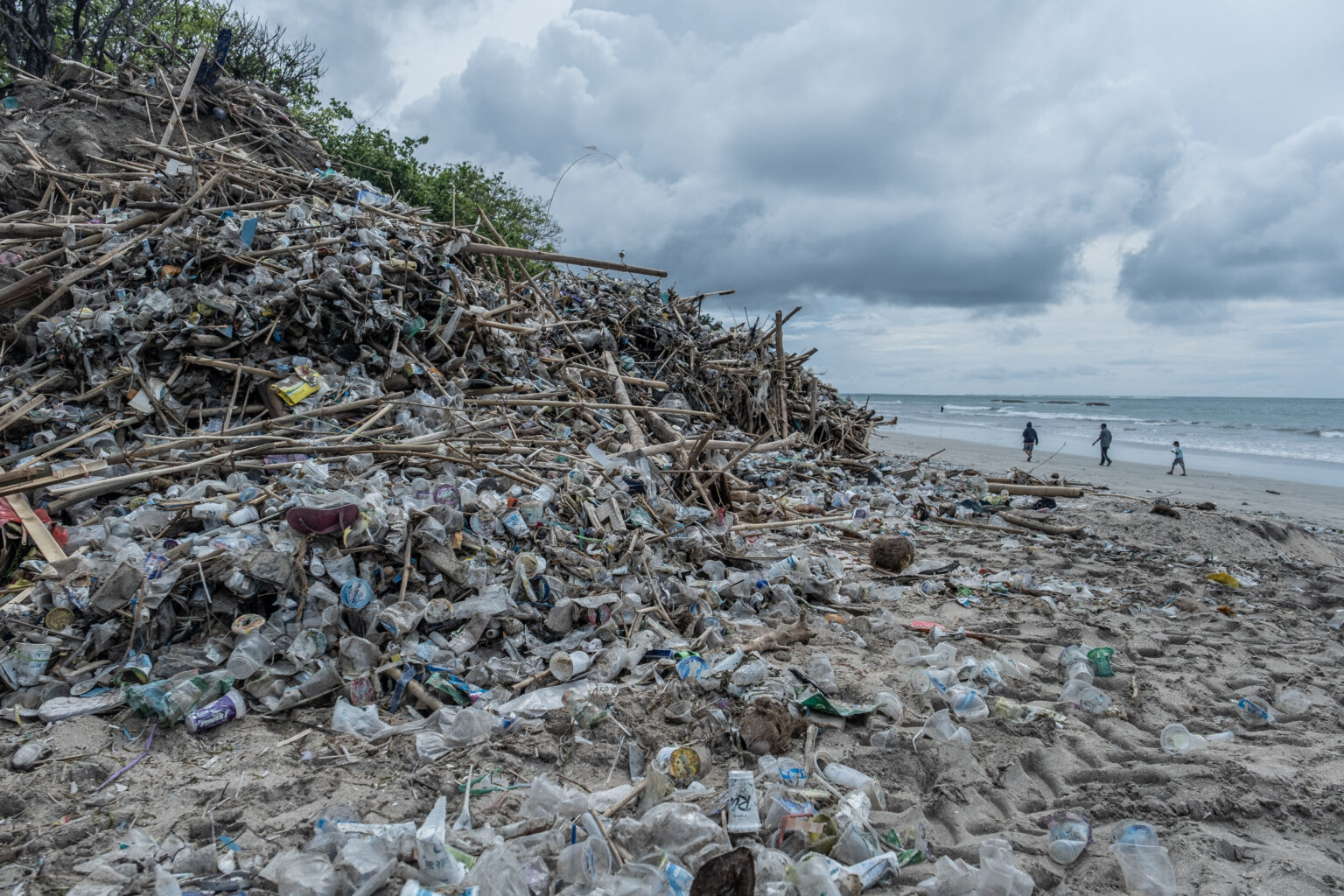
The impact of mass tourism on Bali’s environment is deeply troubling. According to the Bali Environmental Agency, plastic waste on beaches jumped by 30% between 2021 and 2023. The famous beaches of Kuta and Legian are regularly covered in trash, especially after heavy rains, which wash debris from inland areas. Coral reefs around the island, once vibrant and full of life, are suffering from bleaching and breakage due to snorkeling, diving, and warming waters. Increased boat traffic adds to the damage, stirring up sediment that chokes marine life. Wastewater from hotels and restaurants often flows untreated into rivers and the ocean. Efforts to clean up have not kept up with the pace of pollution. The environmental crisis is so severe that activists now warn about Bali’s future as a tourist destination if decisive action is not taken.
Cultural Erosion
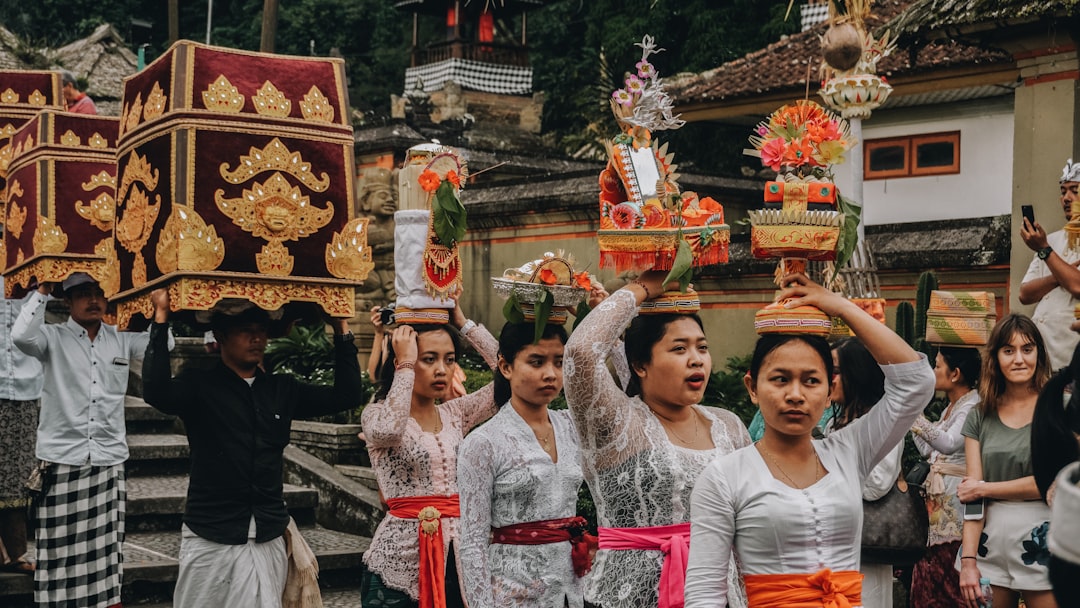
Bali’s unique culture is under threat as the island adapts to meet the expectations of mass tourism. Traditional ceremonies, once sacred and private, are now staged for tourists, with ticket sales and photo sessions turning rituals into performances. The Journal of Cultural Heritage Management reported in 2024 that 70% of local artisans have seen a decline in authentic craftsmanship, as mass-produced trinkets flood the markets. Young people increasingly opt for jobs in tourism instead of pursuing traditional arts or agriculture. Balinese dances and festivals are often shortened or altered to fit tourist schedules. Many locals feel that their customs are being diluted, losing meaning in the rush to entertain. There are growing calls for responsible tourism that respects and preserves local traditions, but economic pressures make change difficult.
The Mexican Riviera: A Case Study
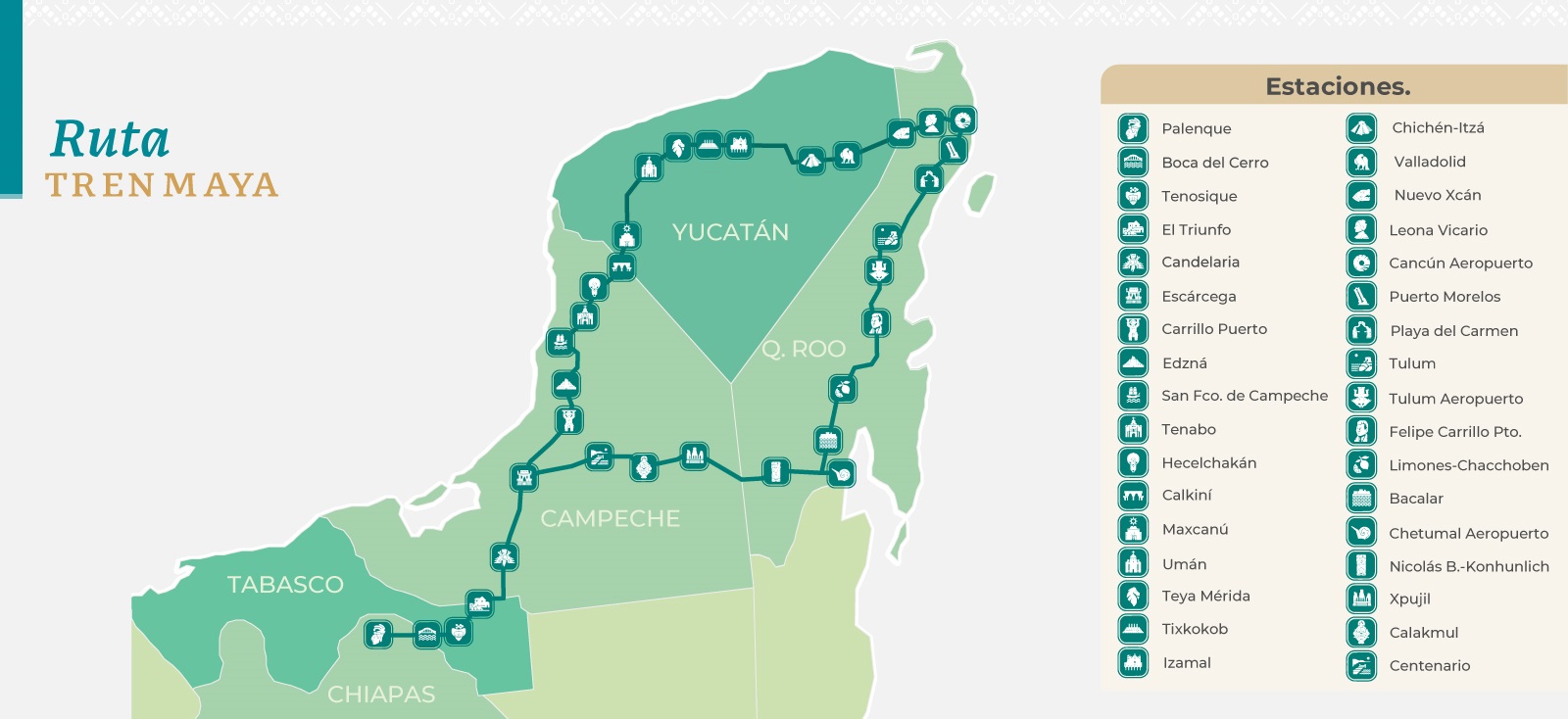
The Riviera Maya in Mexico is another prime example of tourism’s double-edged sword. In 2024, more than 12 million people visited the region, drawn by its turquoise seas and ancient ruins. To accommodate this boom, resorts and hotels have sprung up along the coastline, often replacing mangroves and jungle. This rapid development leads to the loss of habitats for jaguars, turtles, and countless bird species. The construction of the controversial “Tren Maya” has sparked protests from indigenous communities and environmentalists alike, who worry about irreversible damage. Local fishermen report dwindling catches as coastal waters become congested with boats and polluted by runoff. The Mexican government faces increasing pressure to balance economic gain with environmental and social costs. The challenge is to welcome visitors without destroying the very things that make the Riviera Maya special.
Water Scarcity Issues

Water scarcity is quickly becoming a crisis in both Bali and the Mexican Riviera. The United Nations reported in 2023 that some areas of the Riviera Maya have seen a 40% drop in freshwater availability in the past two years. Luxury resorts and golf courses consume vast amounts of water, often leaving local communities with unreliable or polluted supplies. In Bali, rice farmers now compete with hotels for access to irrigation, with some fields lying fallow due to lack of water. The over-extraction of groundwater has led to saltwater intrusion in coastal wells, making water unsafe to drink. Residents are forced to buy expensive bottled water or rely on irregular truck deliveries. Water shortages have sparked protests and legal battles, highlighting the deep inequality between tourist zones and local neighborhoods. The situation is so dire that some experts warn of a future where tourism might not be sustainable at all.
Economic Disparities
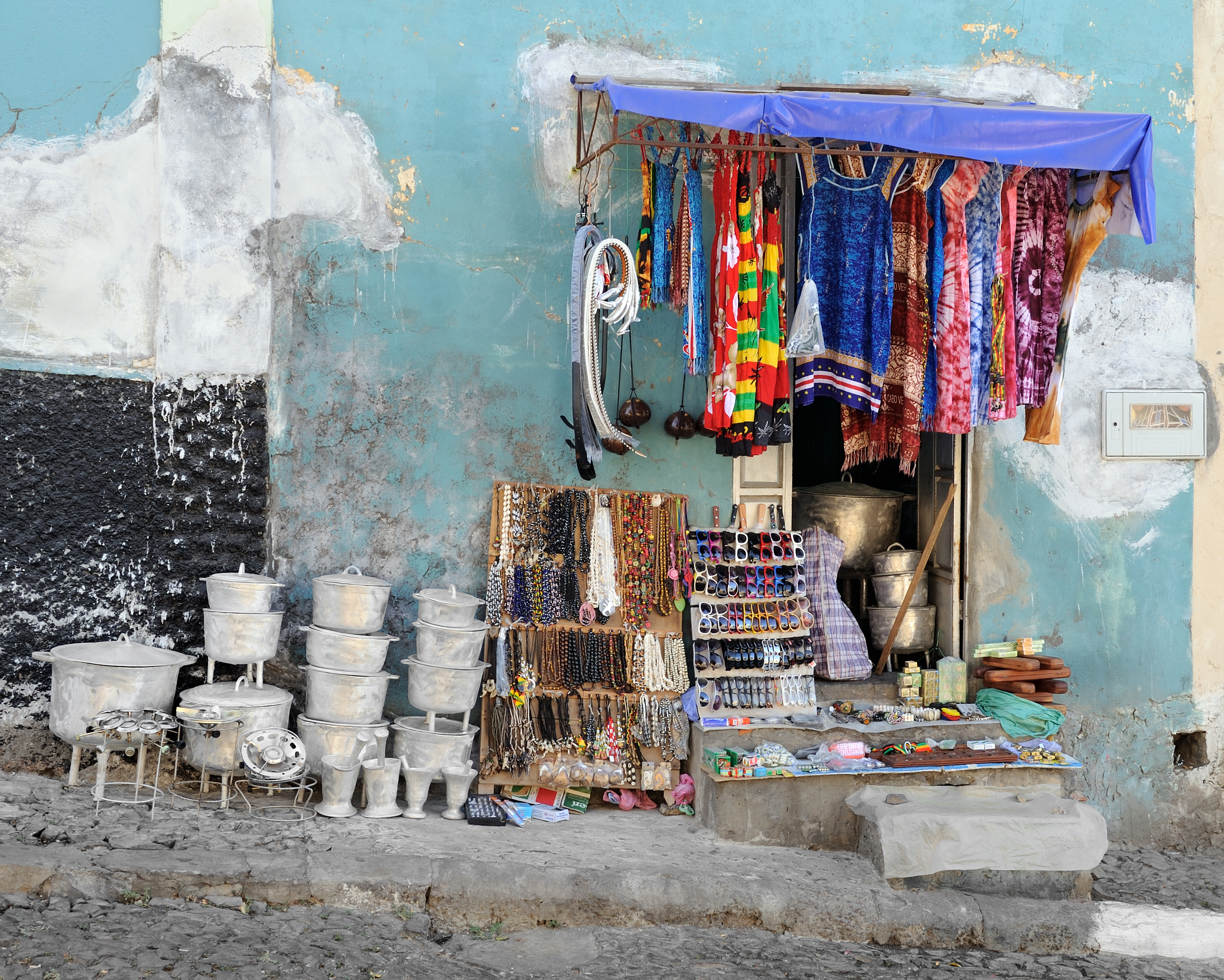
Tourism brings in billions, but the benefits often bypass those who need them most. In Bali, a 2024 survey found that only 30% of tourism revenue reaches local communities, with the lion’s share going to international hotel chains and foreign investors. Many locals are employed in low-wage service jobs, while profits are exported overseas. The rising cost of living, driven by demand from tourists, is making it hard for residents to afford basic necessities. Traditional markets are disappearing, replaced by souvenir shops catering to visitors. In Mexico, resort developers often use outside contractors, leaving few jobs for local people. This growing gap between rich and poor has fueled resentment and unrest, as locals see their lands and livelihoods transformed for the benefit of outsiders. Grassroots efforts are underway to promote community-based tourism, but progress is slow and uneven.
Health and Safety Concerns

Health and safety have become major concerns for both locals and tourists. In 2024, Bali saw a 25% increase in cases of foodborne illness, with tourists often affected after eating at street vendors or poorly regulated restaurants. Overcrowded hospitals and clinics struggle to keep up with demand, especially during peak travel seasons. In the Mexican Riviera, crime has risen in popular tourist areas, including theft, scams, and even violent incidents. Authorities have ramped up police presence, but the fear of being targeted remains. The influx of people also strains emergency services, leaving some communities with inadequate resources. Tourists sometimes take unnecessary risks, such as swimming in unsafe waters or venturing into restricted areas. These issues can damage the reputation of a destination, leading to fewer visitors and economic losses.
The Rise of Eco-Tourism
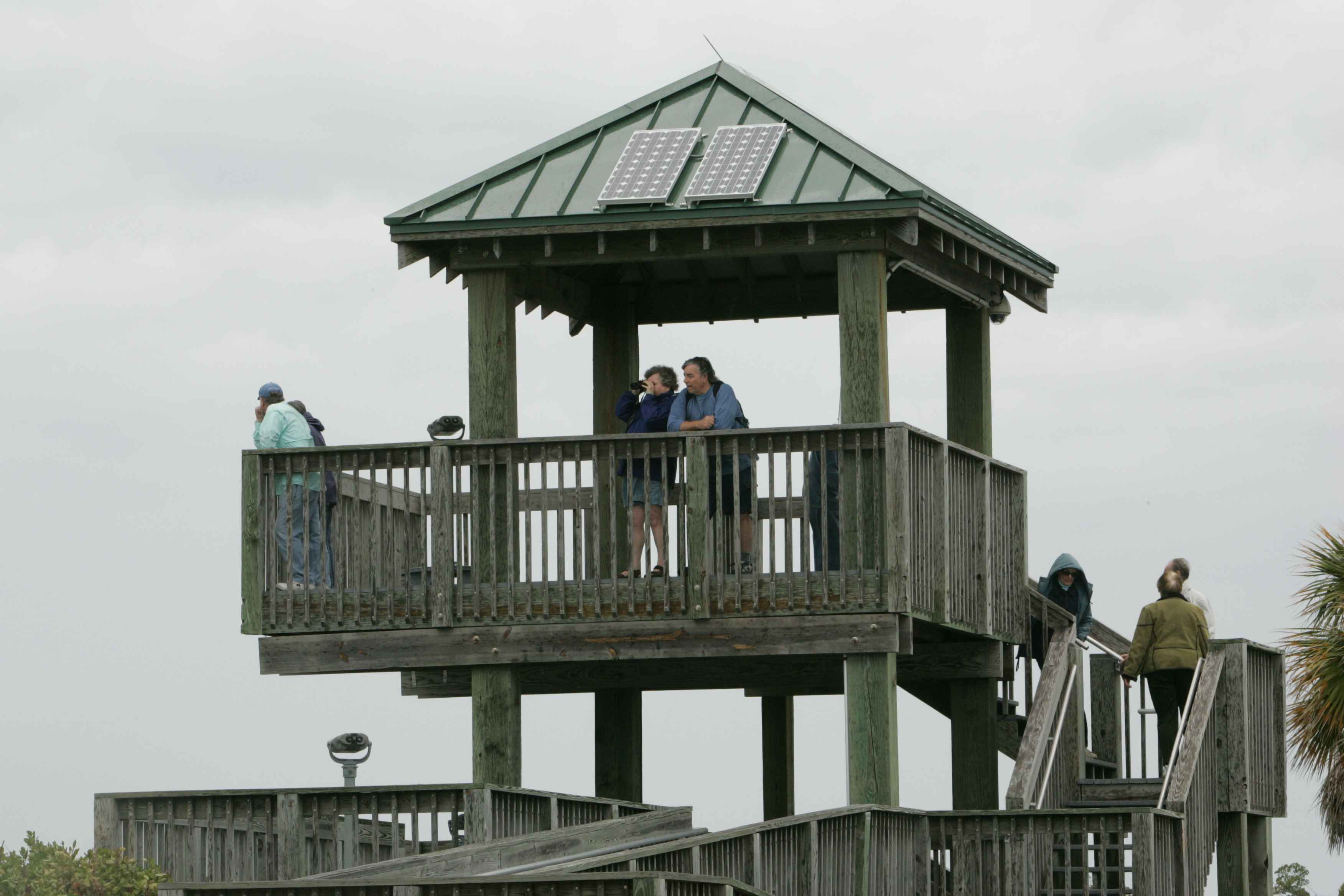
Eco-tourism is gaining momentum as travelers seek more meaningful and less damaging ways to explore the world. In both Bali and Mexico, eco-friendly resorts and sustainable tours are on the rise. The World Travel & Tourism Council reported in 2023 that eco-tourism could grow by 20% annually, as visitors increasingly ask about carbon footprints and conservation efforts. Small businesses are offering experiences like wildlife watching, organic farming, and cultural exchanges that benefit local communities. Some hotels now use solar power, recycle water, and ban single-use plastics. There is a growing emphasis on education, with guides explaining the importance of protecting fragile ecosystems. These trends offer hope that tourism can be a force for good, encouraging travelers to leave a positive impact.
Government Regulations and Initiatives

Governments in both regions are taking steps to protect what remains. In 2024, Bali launched the “Green Tourism” initiative, requiring hotels and tour operators to follow strict environmental standards. Inspections and penalties for violations have increased, though enforcement remains a challenge. Mexico has invested in new waste management systems, conservation funds, and infrastructure upgrades to reduce the strain on natural resources. Authorities are working with international organizations to develop sustainable tourism guidelines. Community leaders are being included in decision-making processes, giving locals more say in how tourism is managed. These efforts are still in their early stages, but they represent a shift towards prioritizing long-term preservation over short-term profit.
The Future of Tourism

Tourism in Bali and Mexico stands at a crossroads. As global awareness of environmental and social issues grows, travelers are demanding more responsible and ethical options. Both destinations are being forced to rethink their strategies, balancing economic growth with the need to protect culture and nature. The shift is visible in new regulations, community programs, and business models that prioritize sustainability. However, the path forward is uncertain, as old habits and powerful interests resist change. The choices made today will shape the future of these beloved destinations for generations to come.





